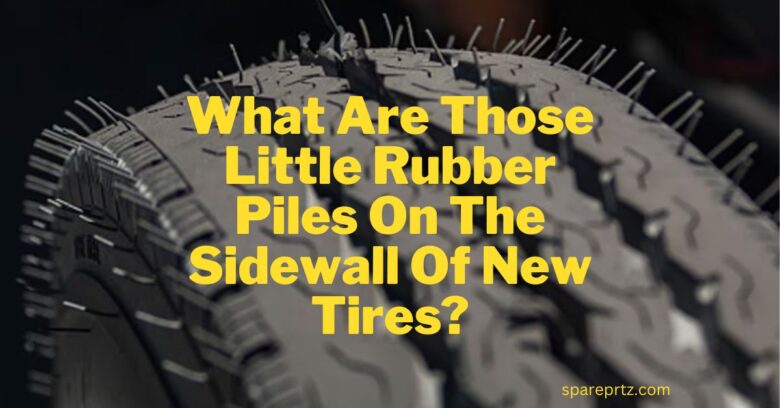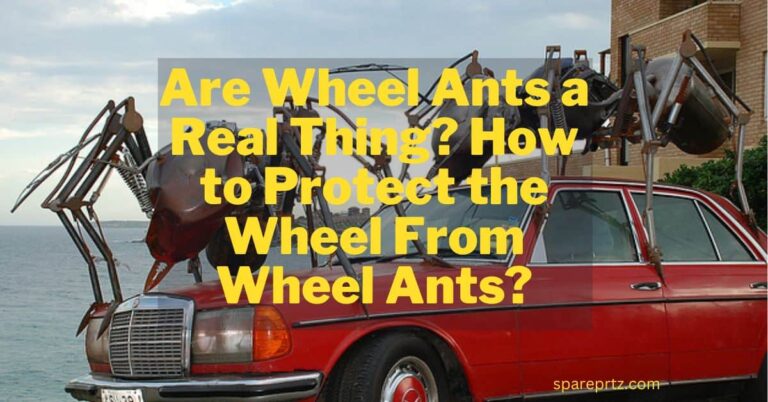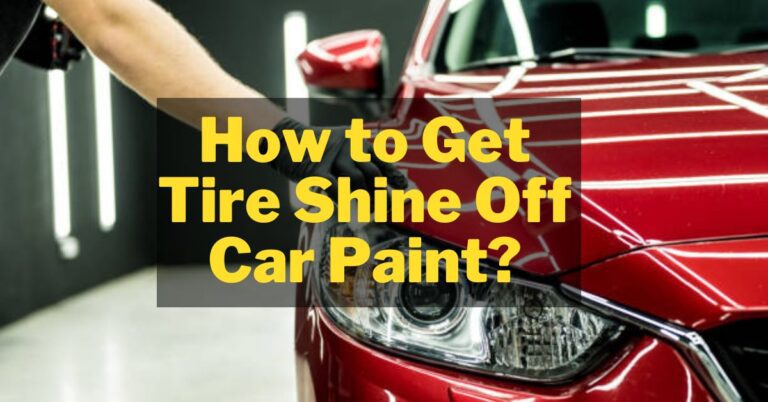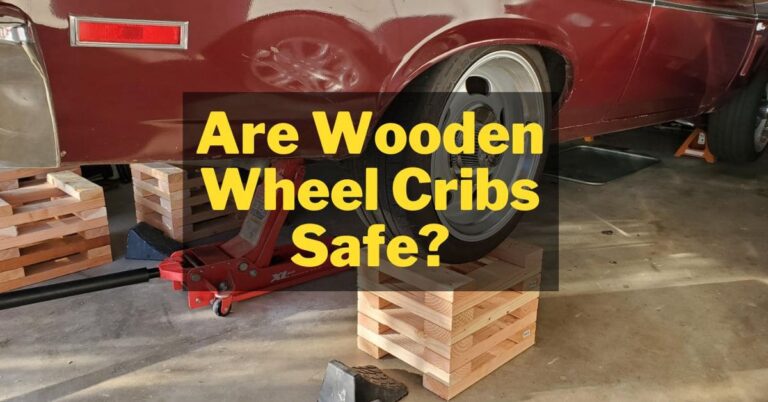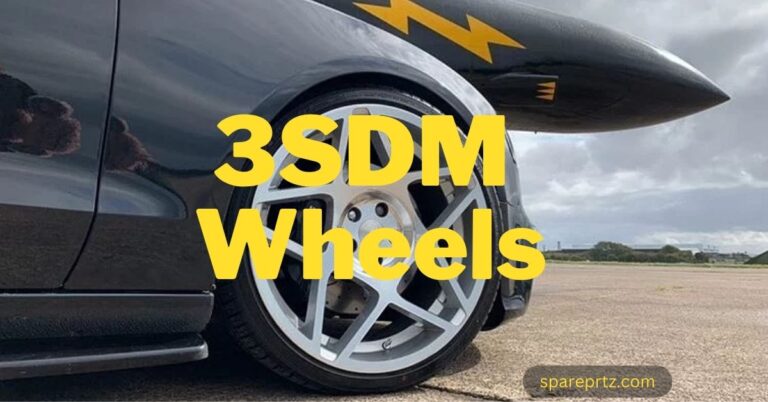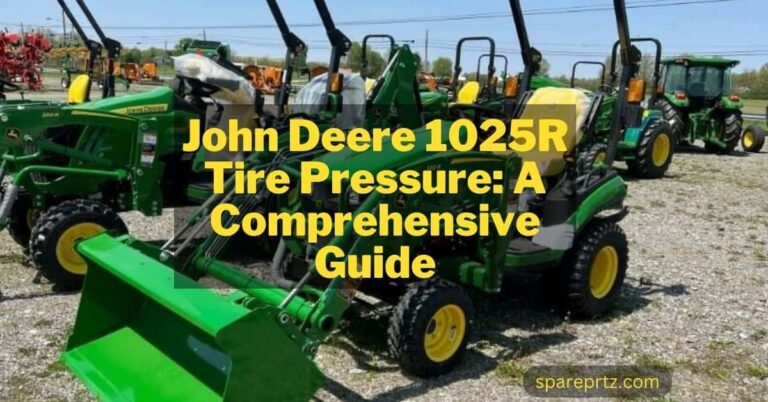What Are Those Little Rubber Piles On The Sidewall Of New Tires?
Brad had just changed his car tires. He saw some little rubber piles like outgrowth on the sidewalls of his new tires. Brad was curious about it and thought “Why do tires have rubber Piles?” and “Are they for some reason that he is not aware of?”
Have you ever looked closely at your car tires and noticed these little rubber piles on the sidewall of New Tires? Let’s solve the tire-piles mystery with the help of motorized experts. Enlisting a few points that will clear your confusion.
And you will focus on more practical tire issues. Such as deciding the best time to buy new tires. And ensuring that your future car has all of the safety features you desire. Let’s check the opinion of the experts.
Do You Know What Are Those Little Rubber Piles on The Sidewall of New Tires?
These little rubber piles are named “mold marks, tire hairs, vent spews, or tire whiskers”. They can easily be found on the vertical half or sidewall of the tire. These vent spews are produced by the tire manufacturing process and appear when the liquid rubber is injected into a mold.
This mold provides the shape of the tire. After the fluid rubber is poured, the mold is closed and the tire is heated with pressure. Each mold is customized to the tire type and dimension that is being made.
As the design is pressed into the tire’s rubber, any extra or unnecessary rubber needs a way to escape the mold and result in these little rubber piles outflowing from pinhole-sized escape valves that are developed throughout each mold.

Now The Question Is, Why Do Tires Have These Piles?
These rubber piles play a vital role in the manufacturing process of tires. “Vulcanization” is a procedure that strengthens and stabilizes rubber. It is the process of heating and molding the raw rubber into tire shape & design.
As a result of heating, the excess rubber will outflow through the microscopic vents. When the tire rubber cools down and hardens, these piles remain connected to the tire surface. The presence of these piles indicates that all gases or air bubbles have been removed from the tire rubber. Any air bubbles or the presence of gases in the new tire rubber will affect the strength and performance.
Functions Of The Little Rubber Piles:
There are several functions of these little rubber piles on the sidewall of tires. Let’s examine some of them:
Release Agents:
During manufacturing, it is used as the material (release agent) to prevent the liquid rubber from sticking to the mold. It certifies the removal of the tire from the mold without any damage. These rubber piles are an indication that the release agents were used effectively.
They have the ability to collect release agent particles within mold gaps or layers, confirming their presence and efficiency.
Aesthetic Appearance:
In order to give a fresh, finished appearance, those rubber piles are used as well to enhance texture. Which enhances the tire’s overall beauty. Simple dots, lines, or complex designs can be found in the design of rubber piles.
Tire Grip:
Expanding the tire’s contact patch with the ground rubber piles may increase grip especially while accelerating, braking, and cornering. During increased friction, it is safer to drive as the tire sustains greater control and handling.
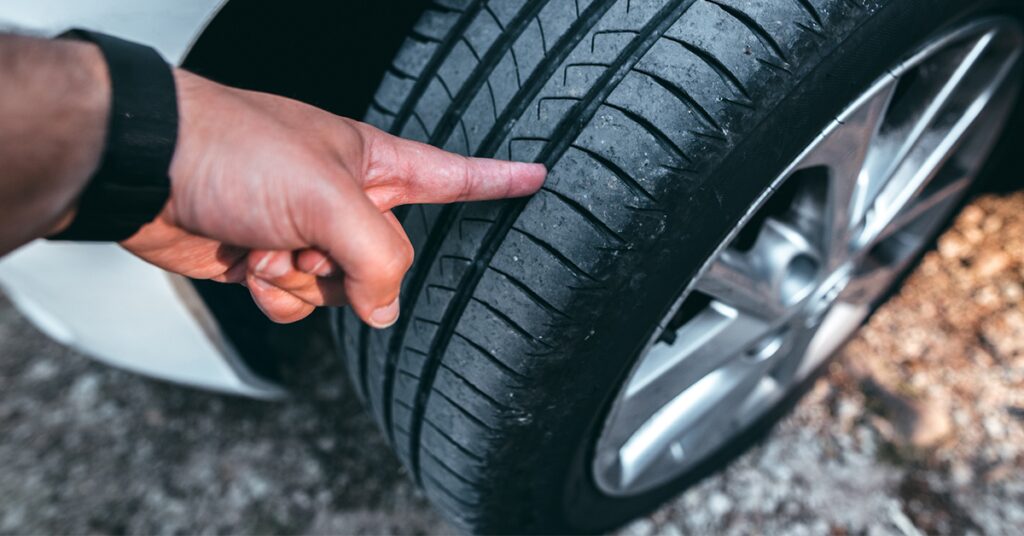
Noise Reduction:
Rubber piles also have the ability to dampen sound and vibration. When the tire makes contact with a surface rubber pile helps to lessen road noise and vibration. As a result, you will enjoy a more relaxed and peaceful driving experience.
Dispersion of Water:
The rubber piles also help to divert water from the tire’s surface, lowering the possibility of hydroplaning. It increases safety when driving in the rain by increasing traction and reducing hydroplaning.
Manufacturing Quality Assurance:
The homogeneity of the rubber piles provides information about the tire manufacturing process. It ensures high-quality tire production. The production process or the mold may have been defective if the piles are irregular or come in a variety of sizes and shapes.
Is There Any Effect Of Tire Piles On Driving And Safety?
These tire rubbers have no impact on driving or safety because they are located on the side of the tire and are not in contact with the road. Furthermore, they have no effect on the tire’s road grip or the vehicle’s overall smoothness.
These hairs have no effect on road noise or why your tire squeaks when driving. In short, they’re proof of a fresh or unused tire.
If Tire Piles Are Useless, Should We Remove Them?
Well, the answer is, yes, you can remove these hairs if you want, but still, there’s no reason to remove them. However, if you still want to remove them, then use a razor-sharp scissor or a blade to cut or trim them off.
Make sure not to damage the real tire rubber while cutting the tire piles. Cutting the tire rubber risks physical damage and performance reduction. As a result, there will be financial loss due to the purchase of a new tire. A raged tire could also cause an accident.
However, if tire hair is clipped carefully, there won’t be any unneeded risks for your tire.
What If Your Tire Doesn’t Have These Rubber Piles?
You’ve probably never thought about rubber Piles. However, now that you’ve considered the question “Why do tires have piles?” you may be surprised if you don’t notice them. You probably don’t have to be concerned about it. The presence or absence of these piles doesn’t indicate the safety of a tire. Because they eventually scratched away during routine driving.
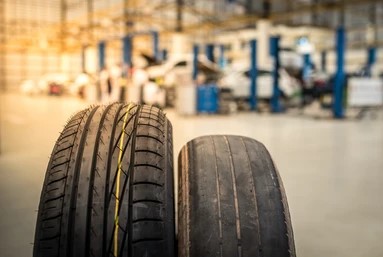
It is far more important to routinely check your tires for signs of damage. Damages, such as reduced stamp thickness, bumps, bubbles, or cracks are more harmful. However, there’s only one circumstance where the absence of rubber heaps is critical and is indicated by a red flag: it may mean that the tires are damaged, old, and require replacement.
As a responsible car owner, you should keep a constant eye on the physical condition of your tires. Consult the manufacturer’s guidelines when calculating how frequently your tires should be replaced.
Also Read:
- Are Wheel Ants a Real Thing? How to Protect the Wheel From Wheel Ants?
- The Design and Effectiveness of 3SDM Wheels: A Tour into the Marketplace of Automotive Excellence
- What Are Those Little Rubber Piles On The Sidewall Of New Tires?
- How to Get Tire Shine Off Car Paint – Top 7 Methods
- Are Wooden Wheel Cribs Safe? – Pros Cons and Alternatives

